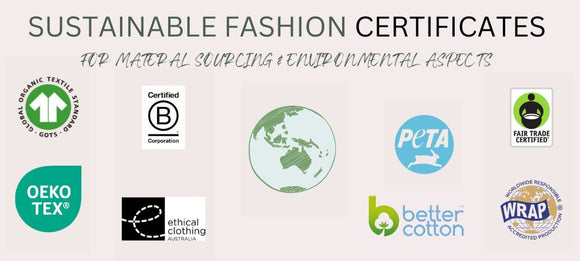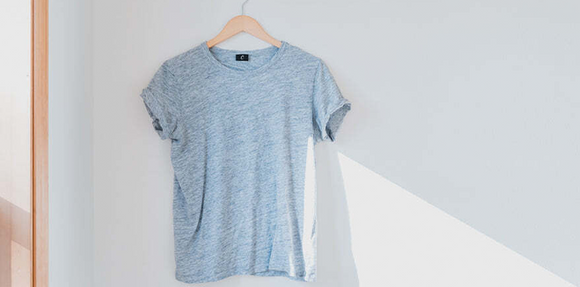
everyone talks sustainable BUT how sustainable are fabrics?
Did you know?
Clothing is responsible for 3% to 6.7% of global human-caused carbon emissions? And this in not only from the production of the fabric, but also the care that follows your item of clothing after purchase.
Washing our clothes makes up most of the environmental impact caused by clothing, and this impact varies depending on the fabric.
So, if you can skip a wash, do it!
There is no such thing as a 100% sustainable fabric, but some fabrics are much better than others. Among the most sustainable fabrics are recycled and organic cotton, organic hemp, organic linen, recycled wool, and lyocell.
When determining how sustainable a certain type of fabric is, consider the amount of resources used to produce the material and the life cycle of the product on the environment.
Which fabrics are generally considered sustainable?
As a rule of thumb, natural fibers such as hemp, linen, and cotton have a lower environmental footprint than any type of synthetic fibers, which are derived from fossil-fuels.
Let's talk about fabrics:
This topic sparks conversation and various perspectives, but after searching through many sources, I've put together some key points about fabrics that seem to resonate with most.
When it comes to sustainable fabrics, there's no one-size-fits-all approach. What works for one brand or person may not work for another, and that's okay!
The important thing is that we're all working towards a common goal of protecting our planet. 🌎🌍🌏
Remember nothing is perfect!
Most Sustainable Fabrics:
Organic Cotton & Recycled Cotton: A more sustainable alternative to conventional cotton is the organic version. Organic cotton is grown without all the harmful pesticides and produced without dangerous chemicals that normal cotton uses.However, the most sustainable way to wear cotton is in its recycled form. This fabric is made with post-industrial and post-consumer waste and uses far less water and energy to produce in comparison with conventional and organic cotton.

Organic Linen: Linen comes from the flax plant, which is a resilient, drought-hardy plant with a low environmental footprint. According to studies, flax uses significantly less water than cotton, while producing higher yields. Plus, flax can be grown without the use of pesticides or herbicides. Linen is highly breathable, making it an excellent material for warm climates.




